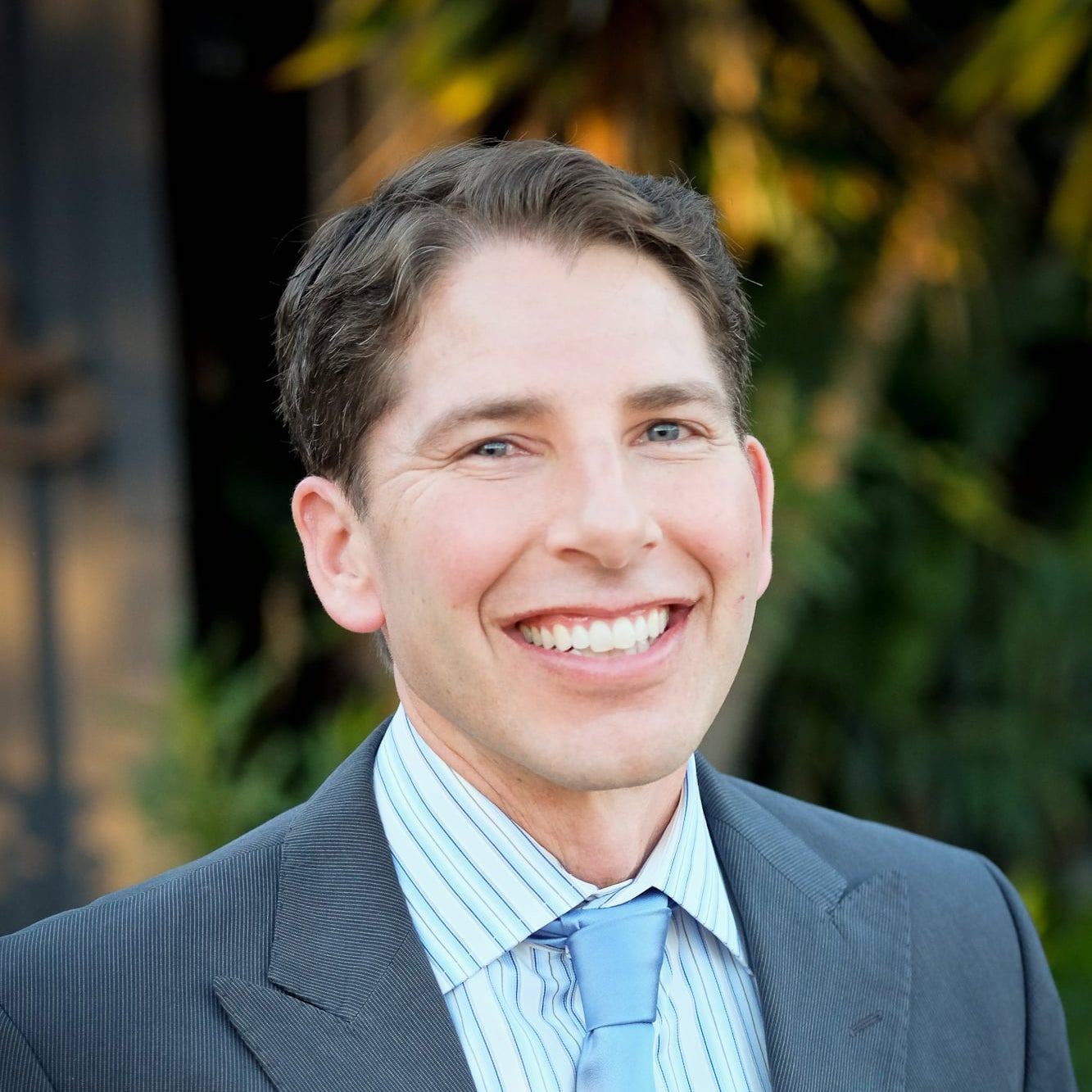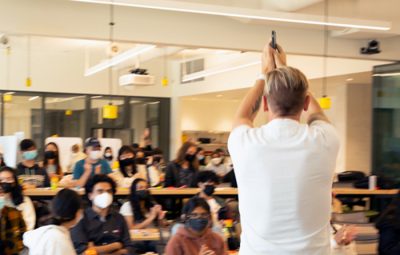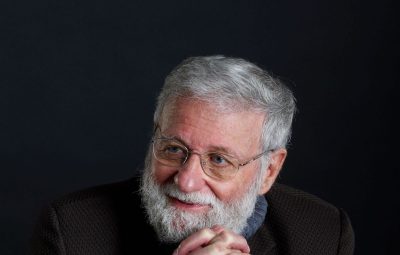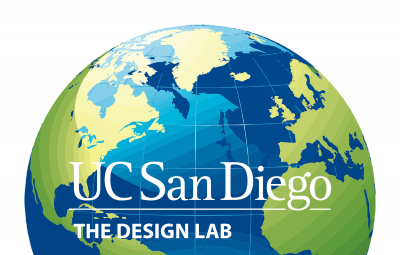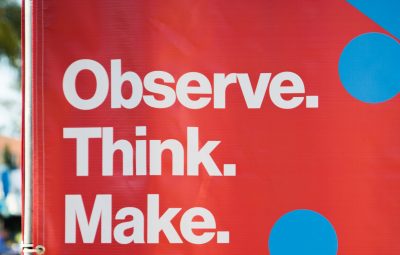Benjamin Bergen is a member of UC San Diego Design Lab, professor of cognitive science at UCSD, and director of the Language and Cognition Lab, where he studies how our minds compute meaning and how talking interferes with safe driving—among many other things that don’t need to be bleeped. His latest book is What the F: What Swearing Reveals About Our Language, Our Brains, and Ourselves. He calls it “a book-length love letter to profanity.” You’ve been warned.
So, what the… heck? Why study profanity?
Language is changing. We’re exposed to a wider and wider swath of language than we might have been twenty years ago. That includes slang, it includes new vocabulary embraced by young people, and it includes profanity. We would be doing ourselves a disservice if we didn’t consider all these different types of language as part of our research purview. What people do with language tells us things about how humans learn language, how their brains process language, how they use language for social purposes.
Your book identifies four broad categories into which profanity seems to fall.
When you look across languages and cultures, the taboo words – the words people decide are inappropriate for formal contexts or inappropriate around kids, or inappropriate in general – tend to be drawn from four categories of human experience: from religious concepts; from sexual activities and sexual relations; from bodily functions and the body parts that perform those functions; and then, finally, from terms for groups of other people. You find in language after language that these tend to be the sources of taboo language. It’s not surprising because these, of course, are domains of human experience that themselves are quite taboo…
Click to read the full article on Triton Magazine.
